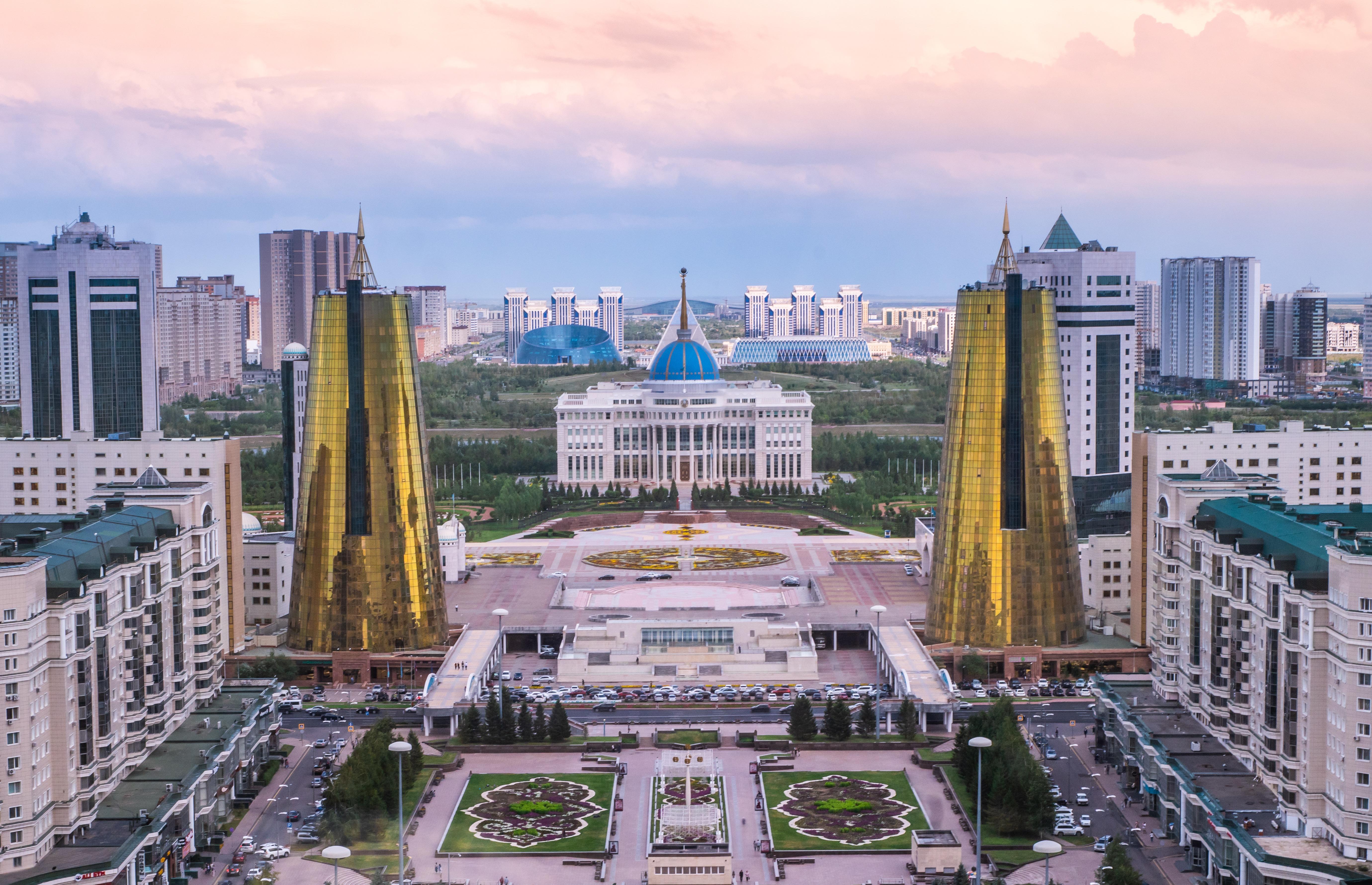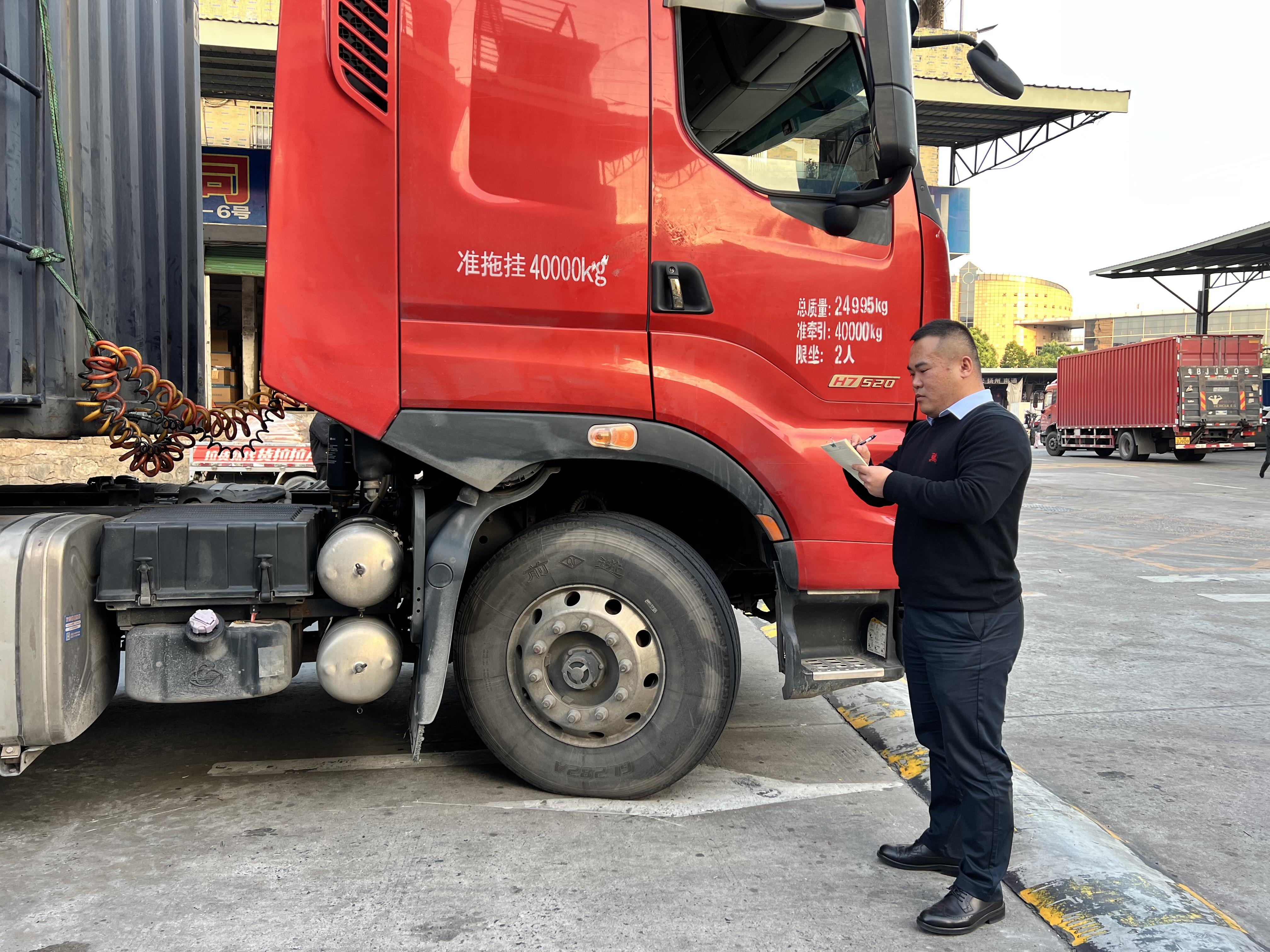Ties between both countries feature lasting friendship, high level of trust
 A view of the Parliament of Kazakhstan and the Presidential Palace is seen in Astana, capital of Kazakhstan. (PHOTO PROVIDED TO CHINA DAILY)
A view of the Parliament of Kazakhstan and the Presidential Palace is seen in Astana, capital of Kazakhstan. (PHOTO PROVIDED TO CHINA DAILY)
Editor's note: This year marks the 10th anniversary of the launch of the Belt and Road Initiative. A decade of practice has demonstrated that it's a broad and prosperous way for China and the world to share opportunities and seek common development. In a more than 10-part series, China Daily finds out how the road of peace, prosperity, openness, green development, innovation and civilization will contribute more to the shared future of mankind.
As a Kazakh saying goes, "Friendship is an inexhaustible wealth."
With the landmark China-Central Asia Summit having been held in May in Xi'an, Shaanxi province, the starting point of the ancient Silk Road, China and Kazakhstan are expected to move forward hand-in-hand on the road toward building a community with a shared future for mankind featuring long-lasting friendship, high level of mutual trust and common destiny, and open a new chapter of mutually beneficial cooperation.
Chinese President Xi Jinping proposed the Silk Road Economic Belt and the 21st Century Maritime Silk Road successively in Kazakhstan and Indonesia. This is how the Belt and Road Initiative, aimed at building a trade, investment, and infrastructure network that connects different regions along the ancient trade routes, took shape.
Since then, Kazakhstan has developed a close and strategic connection with the initiative.
Kazakhstan is the world's largest landlocked country, and the ninth largest in the world, sharing a 1,783-kilometer-long border with China to its east.
It is an important link on the ancient Silk Road. While the Tianshan Mountains range between China and Kazakhstan, the country is home to the Kazakh steppe, also known as the Kirghiz steppe, which is one of the largest dry steppe regions on the planet, making it one of the more accessible Central Asian nations. A steppe is a vast expanse of land with grass but no trees.
Centuries ago, the Silk Road route in Kazakhstan lay in the country's south, which shares its border with China, and trade caravans moved through the cities of Sayram, Yassy, Otrar, Taraz, and further toward Central Asia, Persia, the Caucasus and, from there to Europe.
It is these geographical features that make Kazakhstan an important part of the BRI, giving access to nations around the Caspian Sea, and Europe via both Russia and Turkiye with minimal national border controls and maximum rail connectivity.
 Tourists buy commodities on July 22 at a trade center of Bakti port in Tacheng, China's Xinjiang Uygur autonomous region, on the border of China and Kazakhstan. (PHOTO / XINHUA)
Tourists buy commodities on July 22 at a trade center of Bakti port in Tacheng, China's Xinjiang Uygur autonomous region, on the border of China and Kazakhstan. (PHOTO / XINHUA)
Extensive railway network
Kazakhstan has an extensive railway network connecting its major cities.
It is a resource-rich, upper-middle-income economy, whose mainstay is energy exports. According to Kazakh customs, the halving of world oil prices and lower export demand since 2015 have resulted in a sharp slowdown with an average annual GDP growth rate of 2.2 percent between 2014 and 2017.
Just when the economy had started looking up, the COVID-19 pandemic and slump in commodity prices dented its growth outlook.
Given the current situation, Kazakhstan's engagement in the BRI assumes significance. Although a bulk of global transportation happens via sea, railways are the second most important mode of international transportation. Investments in rail and road increase the competitiveness of both cross-border and domestic transportation in Central Asia.
For instance, two of the six BRI corridors pass through the region, connecting China with Europe, Iran and West Asia. The northern route traverses through Russia along the trans-Siberian route and the International North-South Transport Corridor, while the southern route connects China and Western Europe via Kazakhstan, Russia, Belarus, Poland and Germany.
These corridors are not just for facilitating Chinese exports. For most Central Asian nations, China offers the closest port, making Kazakhstan a potential hub for accessing Central Asia.
Meanwhile, the China-Kazakhstan (Lianyungang) logistics cooperation base, the dry port in the Special Economic Zone Horgos-Eastern Gate and the Western China-Western Europe international transport corridor have ensured the smooth movement of freight across the Eurasian continent and also enabled Kazakh products to reach the seaports.
Guo Changchao, CEO of WinExpress, a Chinese logistics company, said he could feel the mutual understanding and respect between the people of China and Central Asia, along with the wide acceptance of China's plans around the world.
 Guo Changchao, CEO of WinExpress, a Chinese logistics company, says his company has benefited from the booming Sino-Kazakh relations. (PHOTO PROVIDED TO CHINA DAILY)
Guo Changchao, CEO of WinExpress, a Chinese logistics company, says his company has benefited from the booming Sino-Kazakh relations. (PHOTO PROVIDED TO CHINA DAILY)
Shared future
Guo, whose company provides truck delivery services from China to Kazakhstan, and to Eastern Europe, said the better relations between China and Kazakhstan and the implementation of the concept of community with a shared future, benefits companies like his.
"What I understand about a common community is closer people-to-people ties and better mutual understanding," Guo said. As there are more goods delivered between China and Kazakhstan, as well as from China to Europe through the Central Asian country, more Kazakh people know about China and want to visit China, he said.
Guo hailed the cooperation between China and Kazakhstan in multilateral organizations. "China joined the Customs Convention on the International Transport of Goods… in 2016, and since the first truck crossed the Sino-Kazakh border in 2018, the new logistics route has become a new bridge connecting China and Central Asia," he said.
WinExpress has been sending more than 100 trucks each month, a number that is expected to double or triple in the coming years, Guo added. "Due to the COVID-19 pandemic and some regional issues, the traditional means of logistics from China to Europe, including shipping, railway and road transportation, have been seriously affected," he said.
More people have started showing interest in China compared with decades ago, said Guo, who visited Central Asia for the first time. As good neighbors, good friends, good partners and good brothers linked by mountains and rivers, China and Kazakhstan have been pushing for closer connectivity by vigorously developing road and railway infrastructure and international land-sea multimodal transportation, he said.
As the two countries enhance relations, cooperation under the BRI has been explored in various fields.
In 2022, the volume of railway cargo between China and Kazakhstan amounted to 23 million tons, up by 20 percent year-on-year. Currently, several China-Europe freight trains are passing through Kazakhstan, making the Central Asian country a transit hub.
Under the framework of the BRI, China and Kazakhstan have been actively cooperating in boosting production capacity and investment, having drawn up a list of 52 projects with a total value worth over $21.2 billion. The cooperation has been expanded to digital, scientific and technology fields.


